- Home
- slideshows
- miscellaneous
- Apple's price hikes went way too far in 2018
Apple's price hikes went way too far in 2018
Apple raised prices across the board in 2018. You may have noticed.

In 2016, the starting price of Apple's newest iPhone, the iPhone 7, was $649.
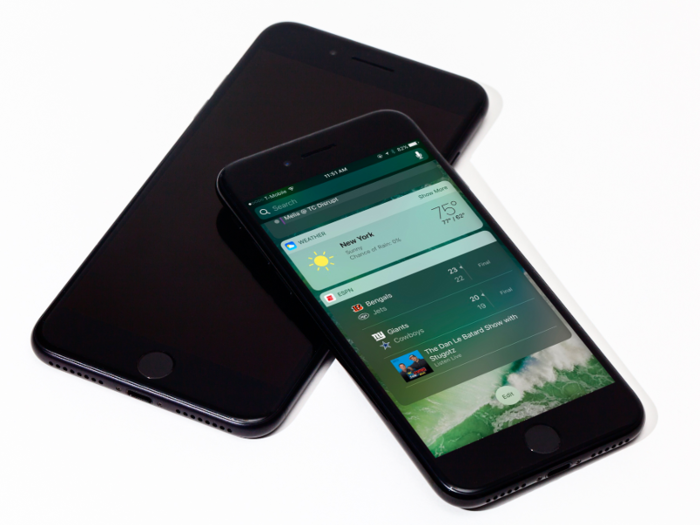
In 2017, the starting price of the most affordable new iPhone, the iPhone 8, was $699 — a 7% price increase from the year prior.
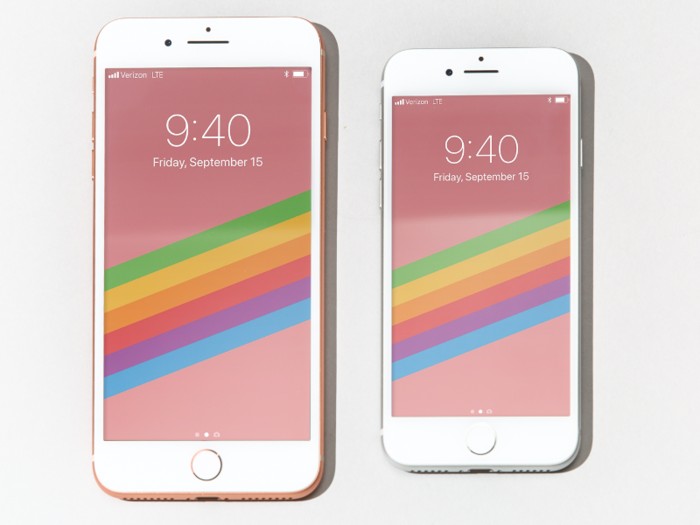
In 2018, the starting price of the most affordable new iPhone, the iPhone XR, was $749 — a 7% increase from 2017, and a 15% increase from 2016.
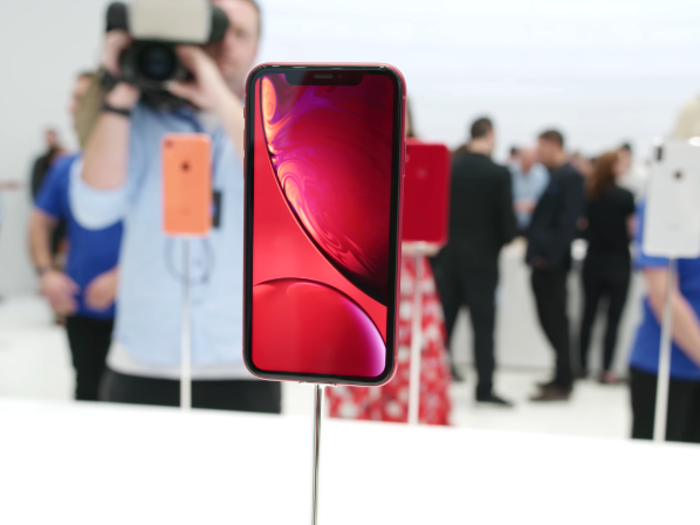
In 2017, the 10.5-inch iPad Pro started at $649.
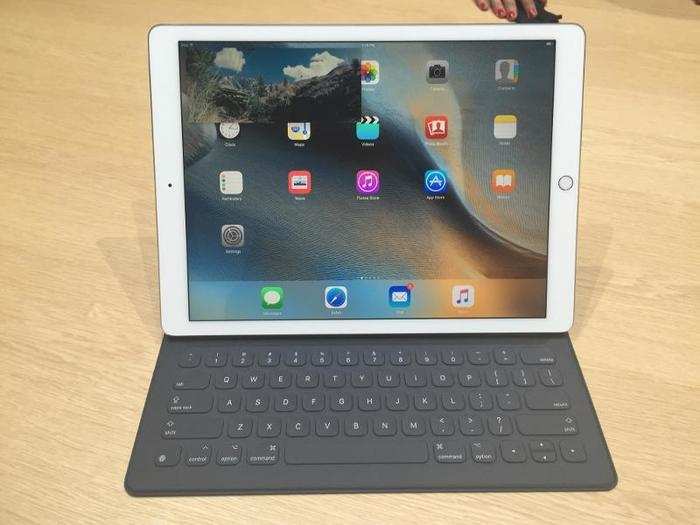
In 2018, the new 11-inch iPad Pro starts at $799 — a 23% increase from a year ago.

In 2017, the 12.9-inch iPad Pro started at $799.
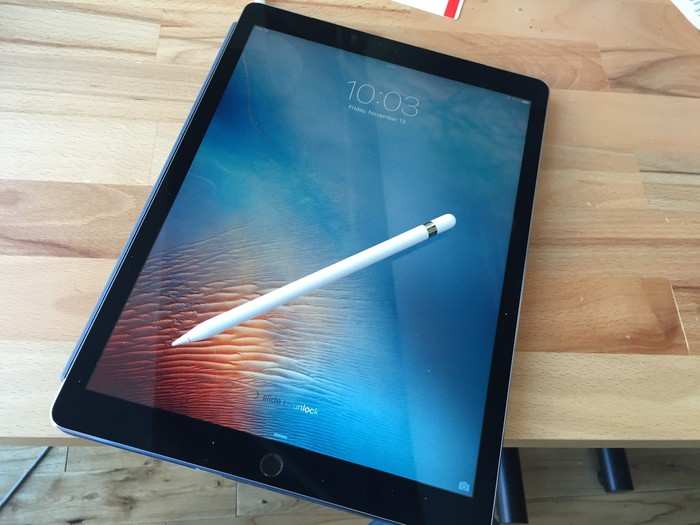
In 2018, the 12.9-inch iPad Pro starts at $999 — a 25% increase.
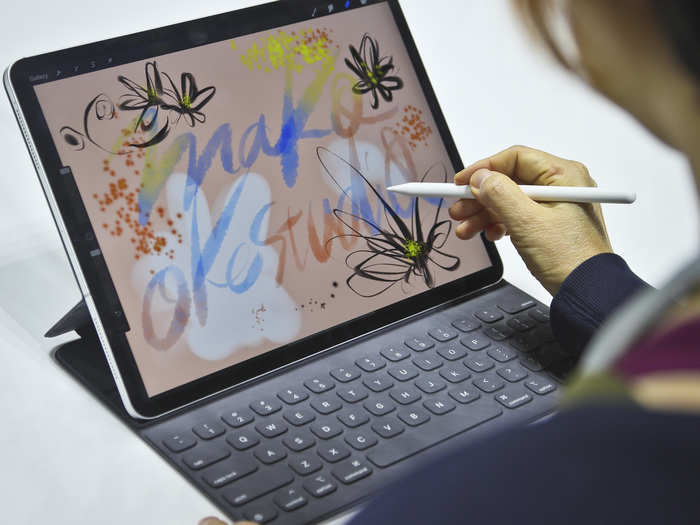
In 2017, the Mac Mini had a starting price of $499.
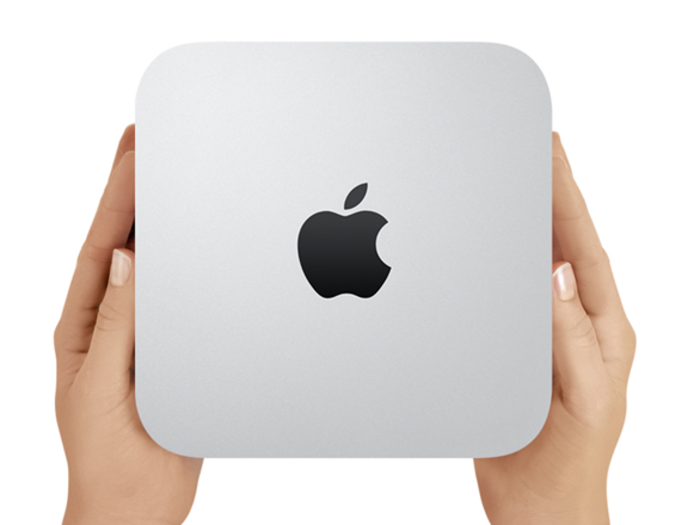
In 2018, the Mac Mini's starting price moved to $799 — a 60% jump from the year prior.
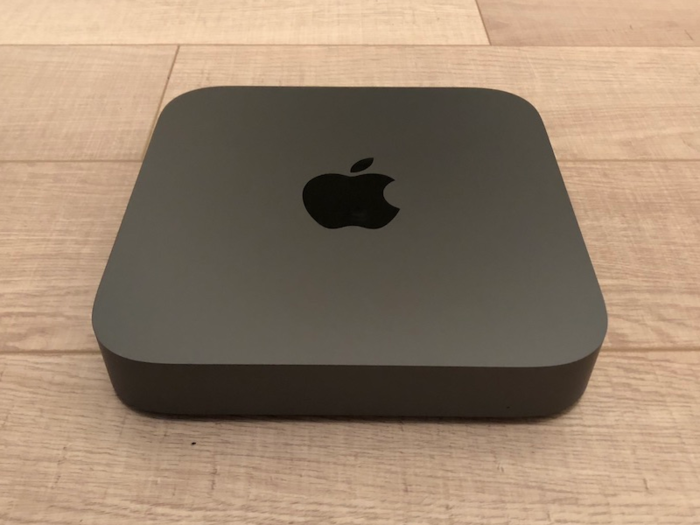
In 2017, the MacBook Air had a starting price of $999.
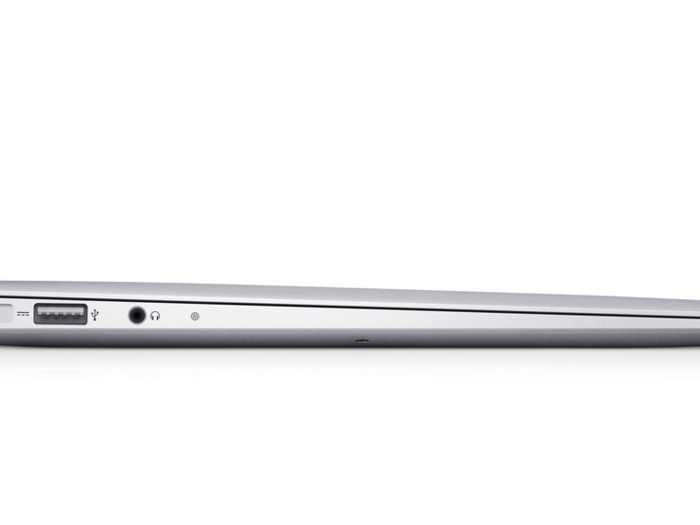
In 2018, the MacBook Air's starting price moved up to $1,199 — a 20% increase.
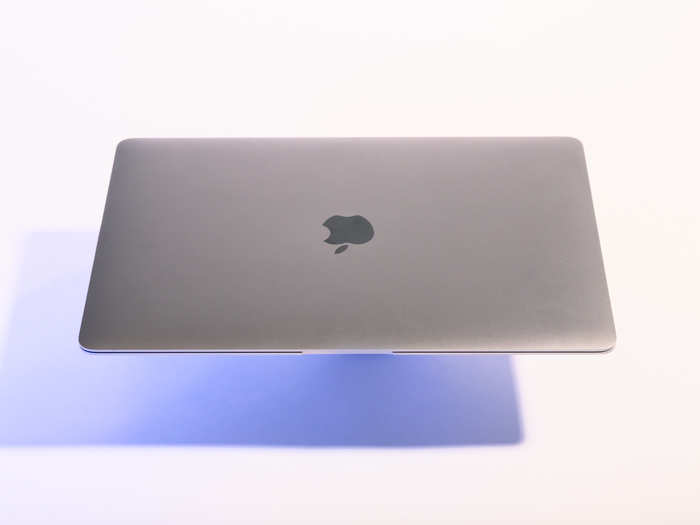
In 2017, the latest Apple Watch — Series 3, with GPS but no cellular — had a starting price of $329.
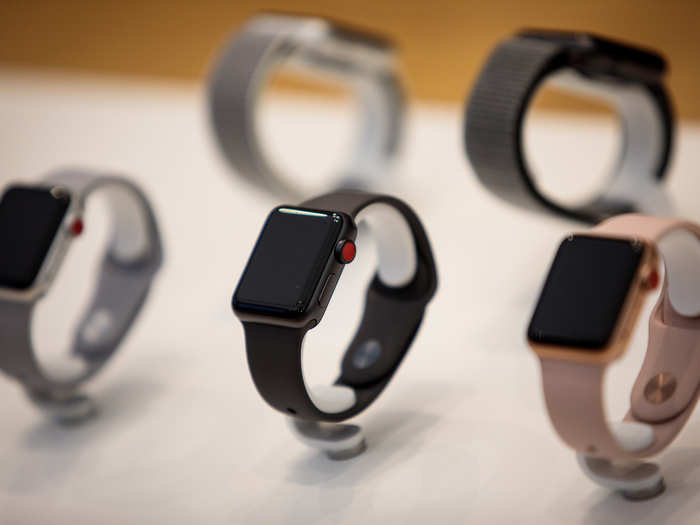
In 2018, the Apple Watch Series 4, with GPS but no cellular, starts at $399 — a 21% increase.
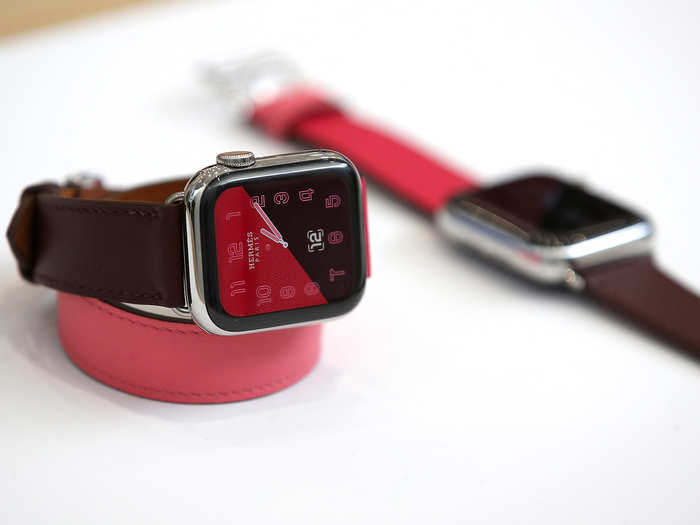
In 2017, an Apple Watch Series 3 with both GPS and cellular had a starting price of $399.
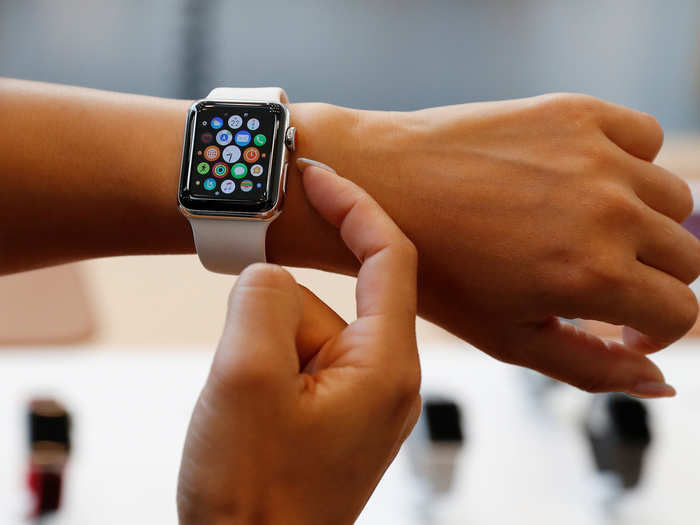
In 2018, the Apple Watch Series 4 with both GPS and cellular starts at $499 — a 25% increase.
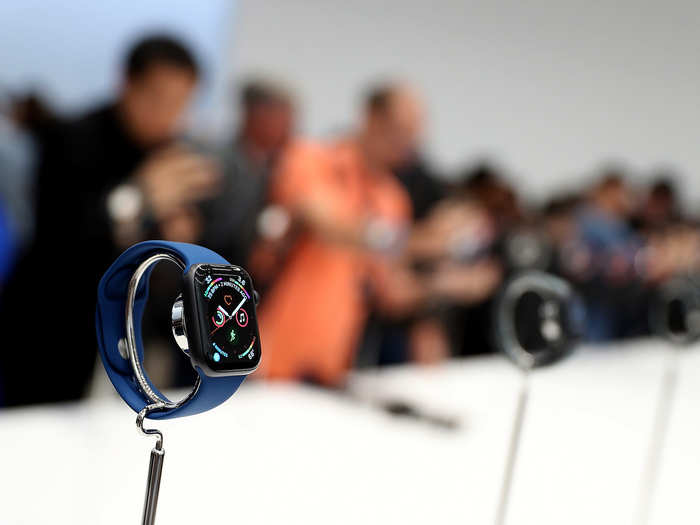
The price hikes targeted Apple's most affordable offerings. More niche or expensive products like the Apple TV and iMac Pro — which start at $150 and $5,000, respectively — kept their same prices from a year ago.

The price hikes make sense from Apple's perspective.
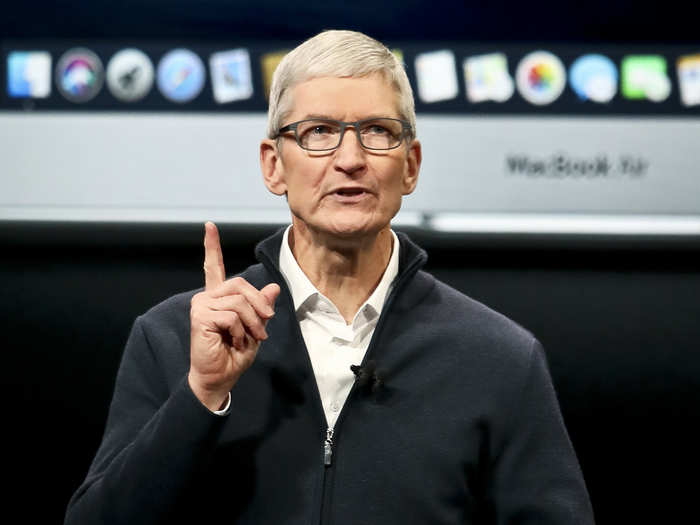
The cost of innovating is high, and making futuristic devices with expensive components, like the iPhone X with its OLED screen, is more costly than it was before.
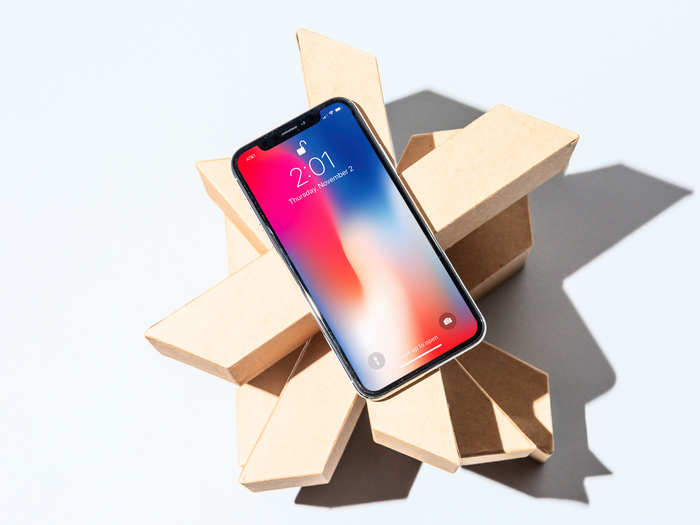
As Apple also alluded to this year when it decided to no longer announce unit sales in its earnings reports, growth across its most popular product lines, like the iPhone, is beginning to slow down. Price hikes help compensate for less business.
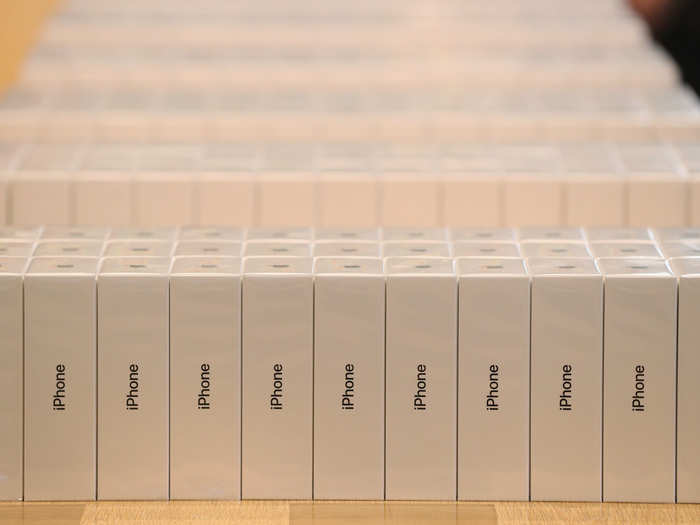
But it really doesn't matter what the reason is for Apple's price hikes. The bottom line is that Apple can afford to raise prices, because customers will still buy those Apple products anyway.

Many people are happy to pay extra for Apple products because they believe they're getting extra quality. Apple is a unique tech company in that it controls the hardware, software, and services across all of its devices, as well as the in-store experience. Lots of people like that.
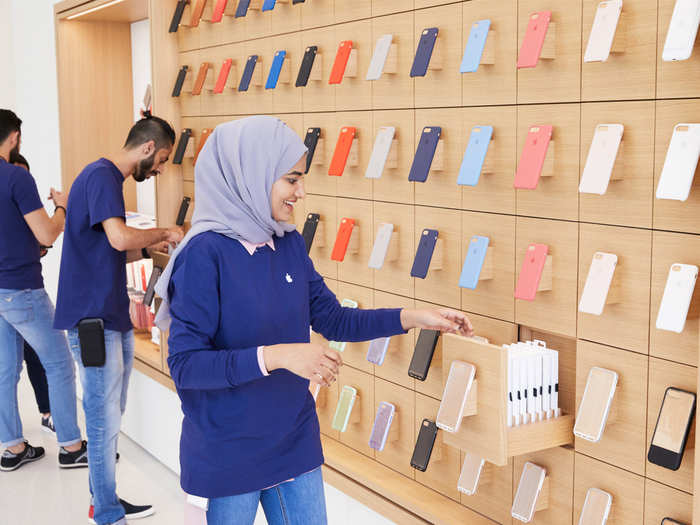
Apple fandom is also a thing. Some people buy all of the latest Apple products because they love the company, and want to own every single new product from them. Price doesn't matter much to those customers.

The Apple brand is also huge around the world. Like Nike and its "swoosh" logo, prices seem to automatically go up if a product has that signature Apple logo on it. Apple is technology, but it's also fashion.
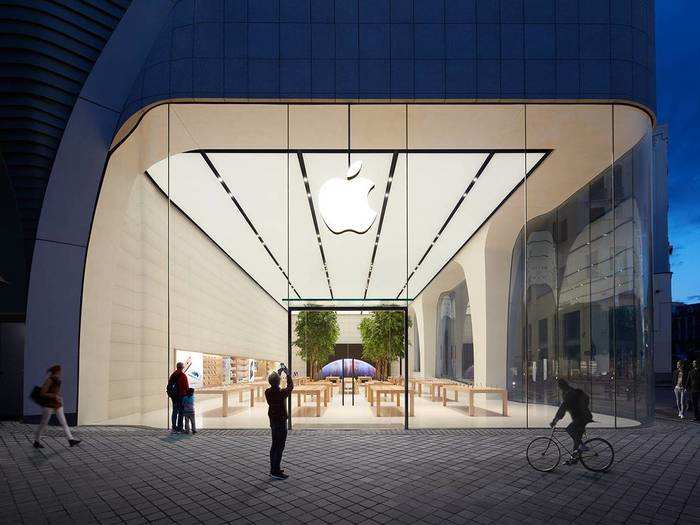
Raising prices is psychological, too. When prices go up, fewer people buy those products, which makes them more rare. This also creates a "wow" effect whenever you see those rare products out in the wild. Maybe it makes you jealous, because you wish you had more money to buy that Apple product.
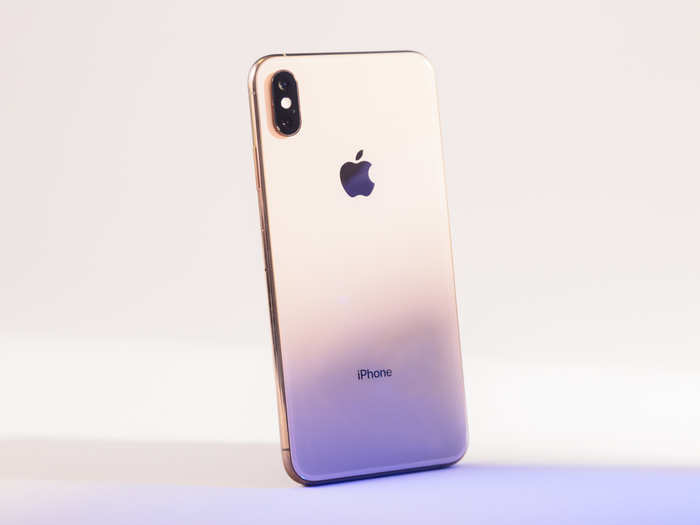
Apple's pricing strategy probably won't change anytime soon. After all, making innovative products isn't getting any cheaper, and Apple's brand is still desirable among people of all ages.
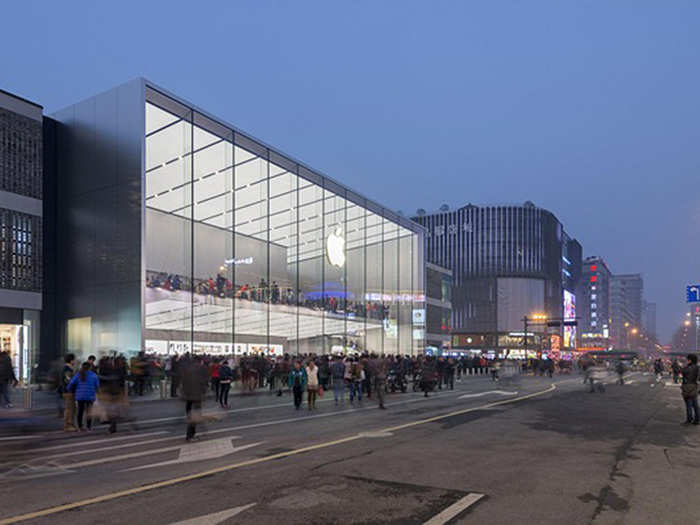
Still, that doesn't mean Apple's price hikes in 2018 were justified from a consumer standpoint.
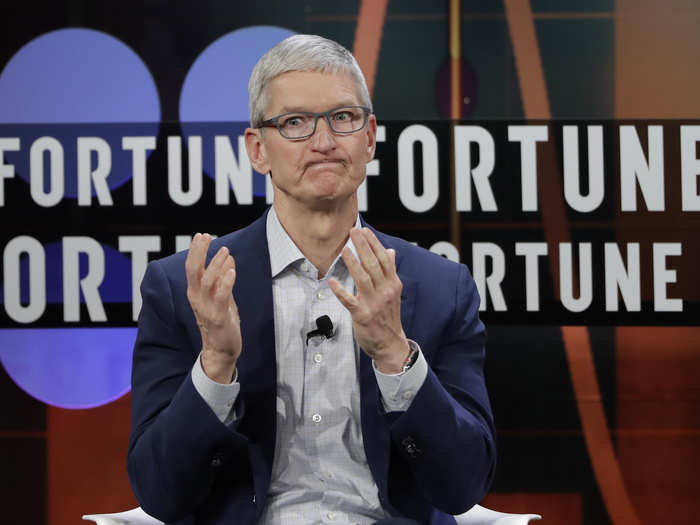
To quickly summarize the price hikes for Apple products in 2018:
- The cheapest new iPhone is 7% more expensive than last year, and 15% more expensive than in 2016.
- The two models of iPad Pro experienced price hikes of 23% and 25%.
- The latest Apple Watch models are either 21% or 25% more expensive compared to the new watches from last year, depending on which model you buy.
- The MacBook Air got a 20% price hike in 2018.
- The Mac Mini got a 60% price hike in 2018.
Even the new Apple Pencil is 30% more expensive than the previous model.
Did the value of these products increase in the same way their prices did? Not necessarily, but as long as people keep paying for them, Apple has little reason to change its strategy.
Popular Right Now
Popular Keywords
Advertisement